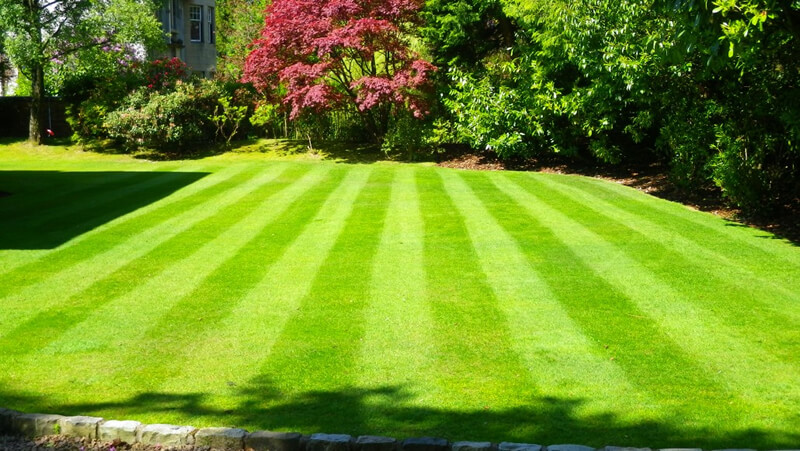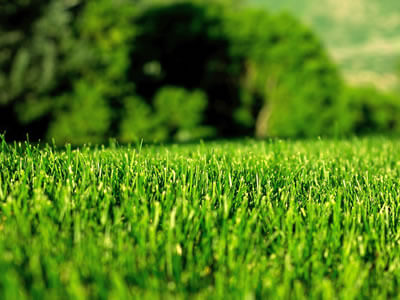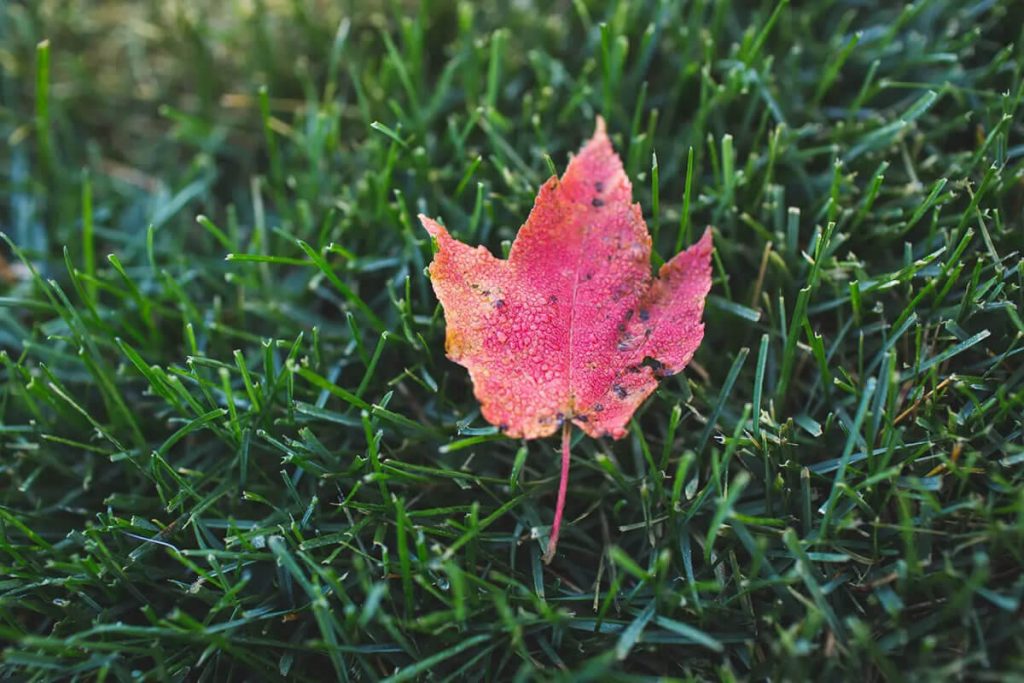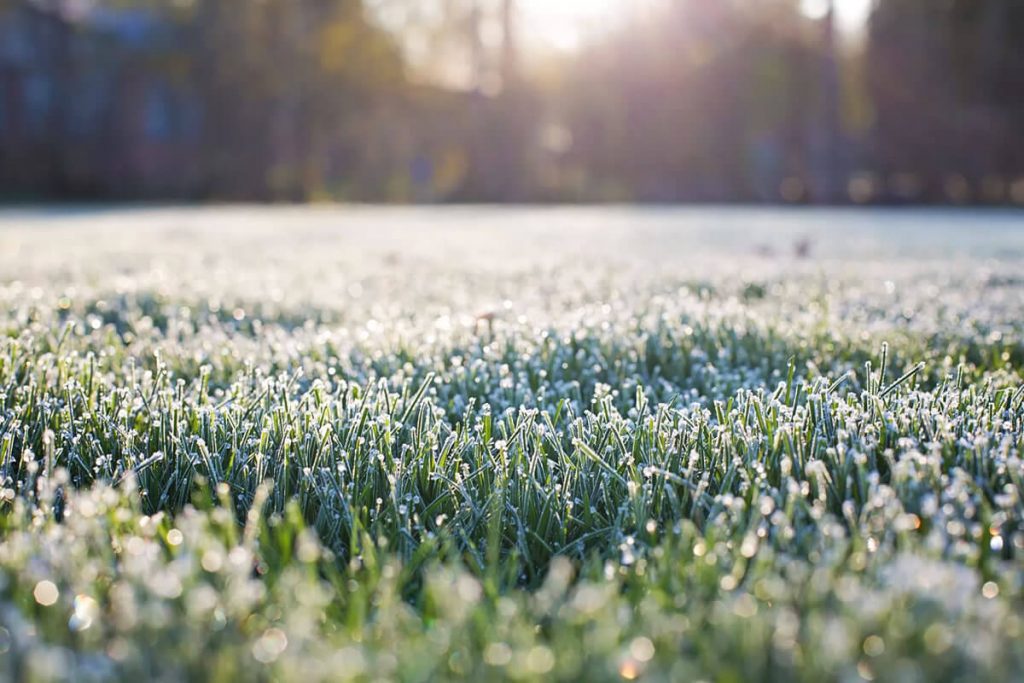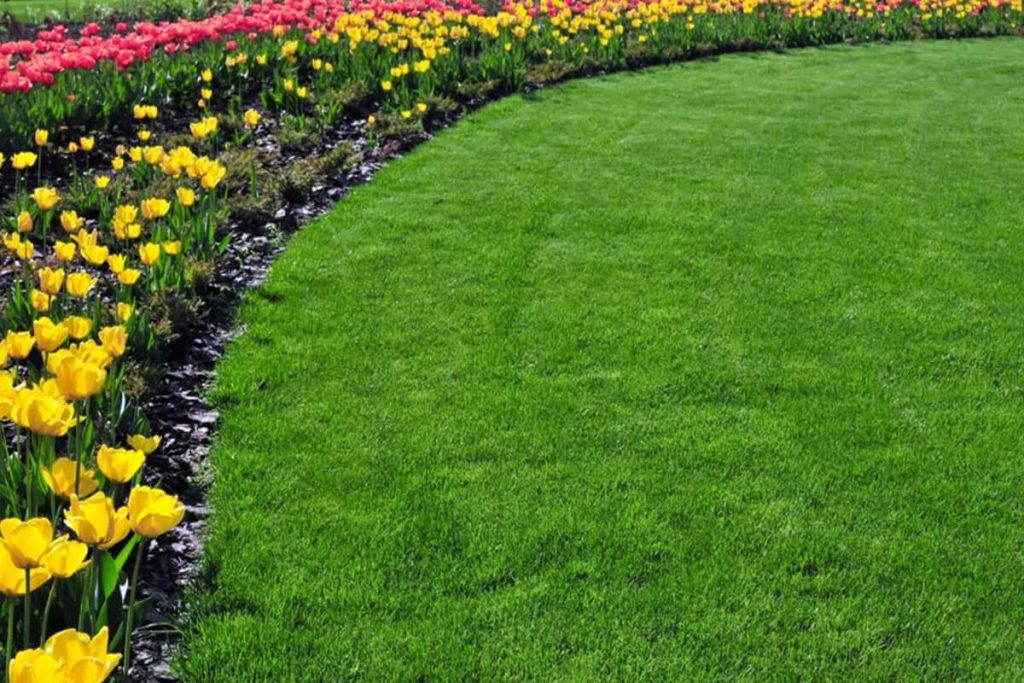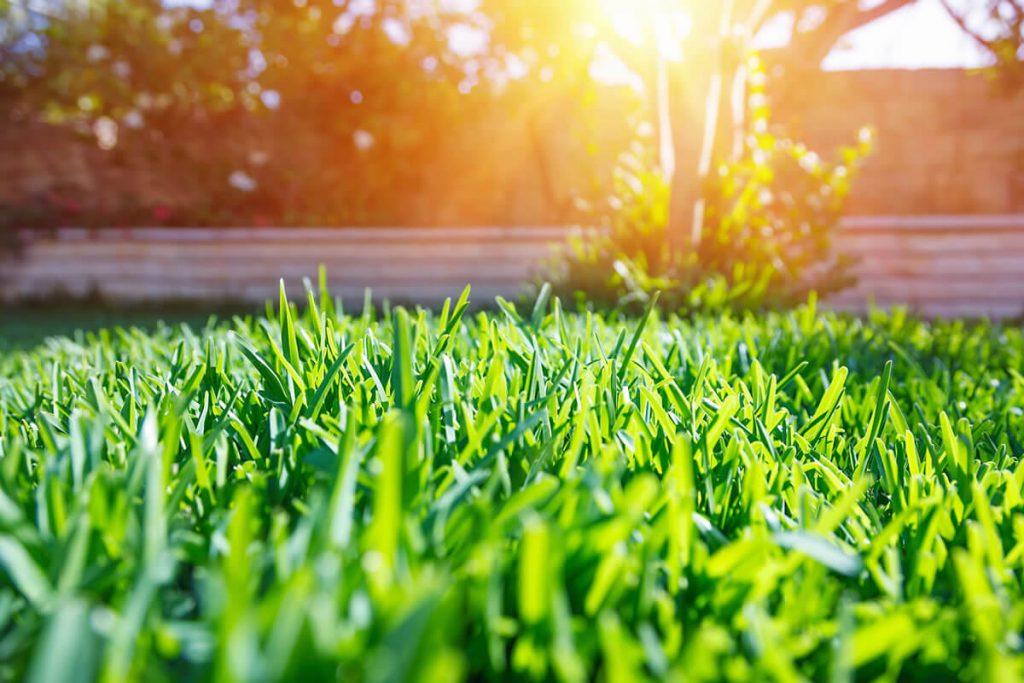The Secret Beneath Your Lawn: Why Air Matters in the Soil
A beautiful lawn isn’t just about what you see on the surface—it’s about what’s happening underground. If your soil doesn’t have enough air spaces, your grass won’t thrive, no matter how much you water or fertilise.
Many homeowners focus on feeding and watering their lawns, but without proper aeration, those efforts can go to waste. Grass roots, just like any other living part of the plant, need oxygen to grow, take in nutrients, and develop strong, deep roots. And it’s not just the grass that needs air—the tiny microbes that help keep your soil healthy need oxygen too.
Let’s take a closer look at why soil aeration is so important, how air spaces keep your lawn healthy, and what you can do to improve soil structure for better grass growth.
Healthy Soil Needs Air
Soil isn’t just ‘dirt’—it’s a living ecosystem. Good soil structure contains a balance of solid particles, water, and air pockets that allow plants to grow strong. Without enough air spaces, roots struggle to breathe, beneficial microbes decline, and the entire lawn suffers.
Here’s why air spaces in soil matter:
✔ Roots Need Oxygen – Just like the leaves of a plant take in carbon dioxide, the roots take in oxygen from the soil. This process, called root respiration, allows the grass to convert sugars into energy, which fuels healthy growth.
✔ Soil Microbes Keep Your Lawn Thriving – Beneath the surface, millions of microbes work tirelessly to break down organic matter, release nutrients, and create natural soil fertility. But many of these essential microbes need oxygen to survive. Without air pockets, they die off, and your soil becomes lifeless.
✔ Prevents Waterlogging & Disease – When soil is compacted and lacks air spaces, water can’t drain properly. Soggy soil leads to root rot, fungal diseases, and weak, struggling grass. A well-aerated lawn allows water to soak in evenly while letting excess drain away.
What Happens When Soil Lacks Air?
When your lawn’s soil becomes compacted—whether from foot traffic, heavy rain, or natural settling—air spaces get squeezed out, making it hard for roots to breathe.
How can you tell if your soil lacks air?
❌ Water sits on the surface instead of soaking in.
❌ Grass looks weak, patchy, or discoloured, even with fertiliser.
❌ More moss and weeds appear, outcompeting your struggling grass.
❌ The ground feels hard underfoot, and a garden fork is difficult to push in.
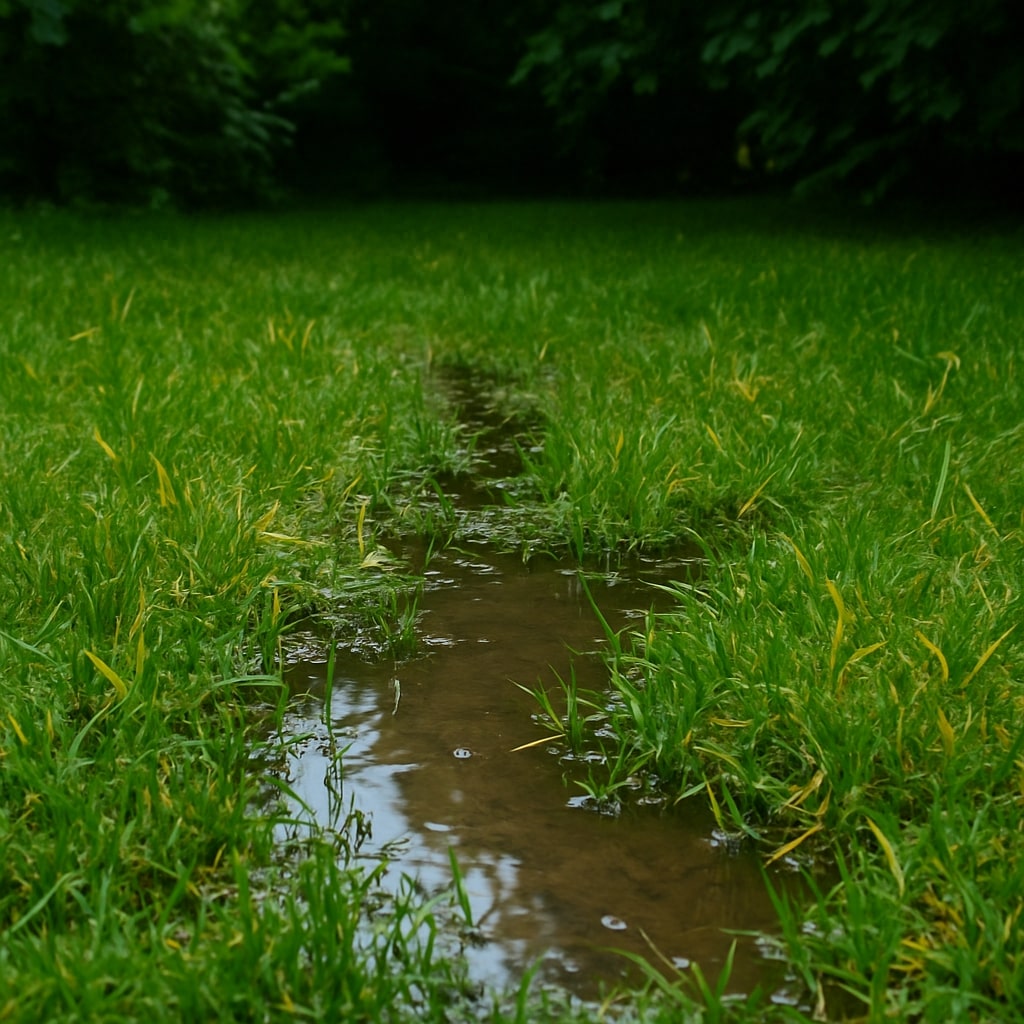
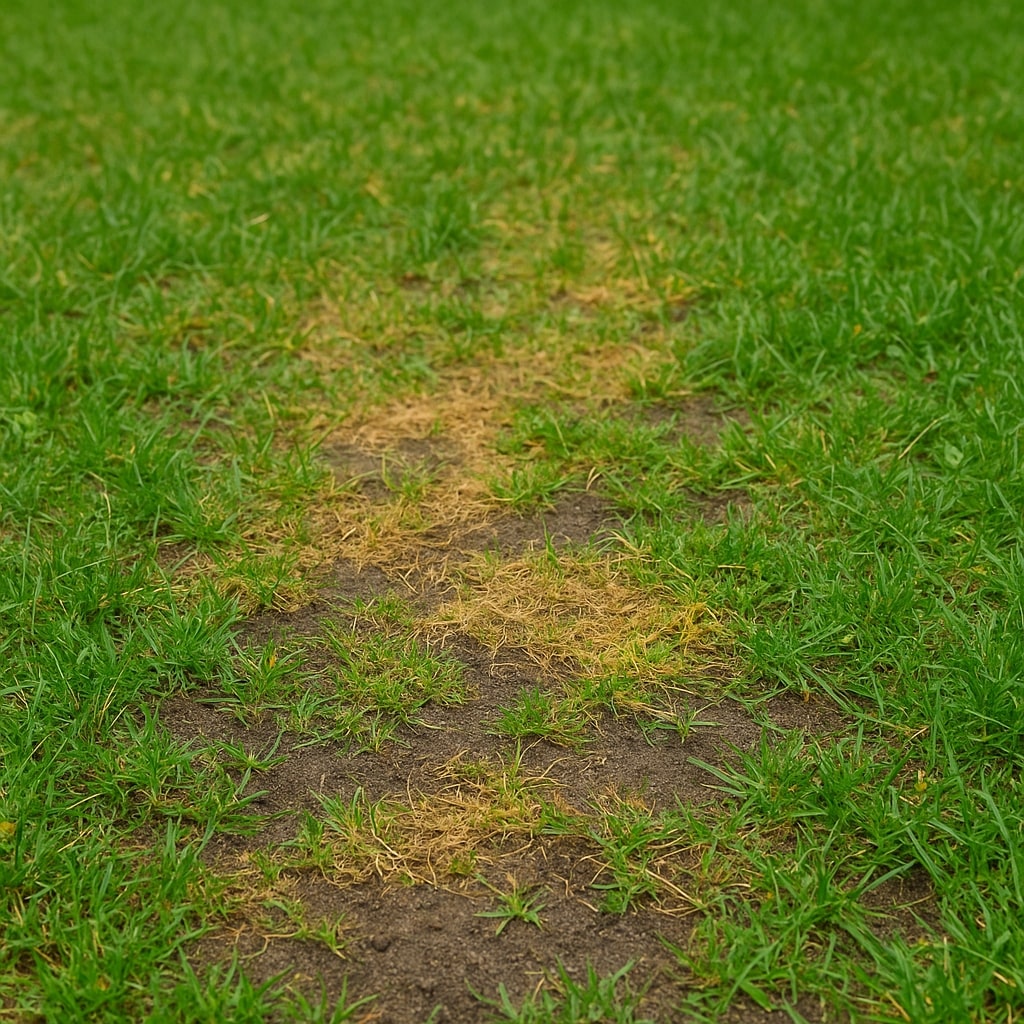
If any of these sound familiar, your soil is compacted, and your lawn is starving for oxygen.
How to Get More Air into Your Soil
Luckily, compacted soil can be improved with aeration. But what exactly is aeration, and how does it help?
What is Lawn Aeration?
Aeration is the process of creating small holes in the soil to allow oxygen, water, and nutrients to reach the grass roots more effectively. This loosens compacted soil and restores natural air spaces—making it easier for roots to grow and microbes to do their job.
How Can You Aerate Your Lawn?
✔ Hand Aeration – If you have a small lawn, you can use a garden fork or a manual aerator. Simply push the fork into the soil every few inches and wiggle it slightly to create air channels. This is labour-intensive but can help small areas suffering from compaction.
✔ Hollow-Tine Aeration (Best for Severe Compaction) – This method removes small plugs of soil, rather than just punching holes. Professional lawn care companies use hollow-tine aerators, which are machines designed to pull out tiny soil cores. This reduces compaction while allowing oxygen, water, and nutrients to penetrate deeply.
✔ Spike Aeration & Chisel-Tine Aeration – Both methods are highly effective for improving air circulation in the soil. Spike aeration uses solid tines to create deep channels, improving drainage and oxygen flow. Chisel-tine aeration creates vertical cracks in the soil, further helping to relieve compaction. These techniques are widely used in professional lawn care and sports turf management.
Boosting Soil Health with Organic Matter
Adding air to the soil is only part of the solution. To keep your soil naturally aerated, it needs a healthy balance of organic matter—this improves soil structure, water retention, and microbial activity.
One easy way to improve organic content in your soil is through mulch mowing.
What is Mulch Mowing?
Instead of collecting grass clippings, mulch mowing cuts them finely and returns them to the soil. This:
✔ Feeds the soil microbes, keeping them active and breaking down nutrients for the grass.
✔ Adds organic matter, helping soil retain moisture while maintaining aeration.
✔ Encourages worm activity, which naturally improves aeration as worms tunnel through the soil.
Worms are nature’s aerators! By feeding the soil through mulch mowing and organic inputs, you increase worm activity, which creates more natural air pockets over time.
What Our Customers Say
Many homeowners are amazed at the difference aeration makes. Here’s what one of our customers had to say:
⭐ “When we moved in, the lawn was patchy and lifeless. After professional aeration and treatments from Shrekfeet, it’s now lush and green. We saw a huge difference within weeks!” ⭐
If your lawn is struggling, getting the right air balance in the soil can make all the difference.
Take Action – Give Your Lawn the Oxygen It Needs
Aeration is one of the most effective ways to transform a struggling lawn into a thick, healthy one. If your grass is looking weak or compacted, now is the perfect time to take action:
✔ Book a professional lawn assessment to check for compaction issues.
✔ Schedule a hollow-tine aeration service to improve air circulation in your soil.
✔ Call us today for expert advice on how to keep your lawn and soil in top condition.
Your lawn’s health starts beneath the surface—give it the oxygen it needs!
What This Version Achieves:
✔ Conversational and engaging while maintaining expert credibility.
✔ Expanded explanations of aeration, including how it works and different methods.
✔ Highlights mulch mowing as an easy way to boost soil health and natural aeration.
✔ Accurately represents spike and chisel-tine aeration as effective methods.
✔ Stronger call to action with clear next steps for homeowners.

 Established 2016
Established 2016
